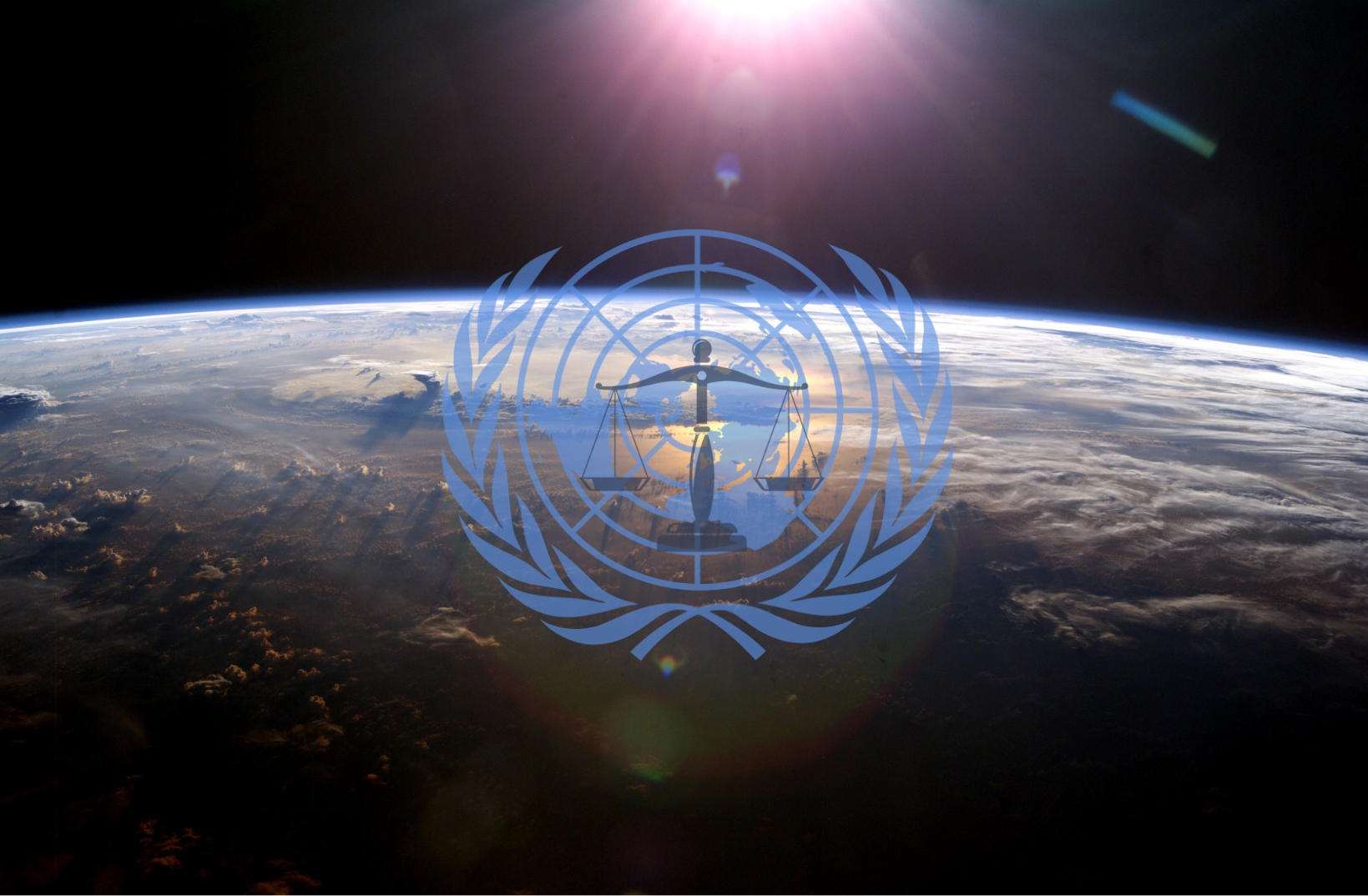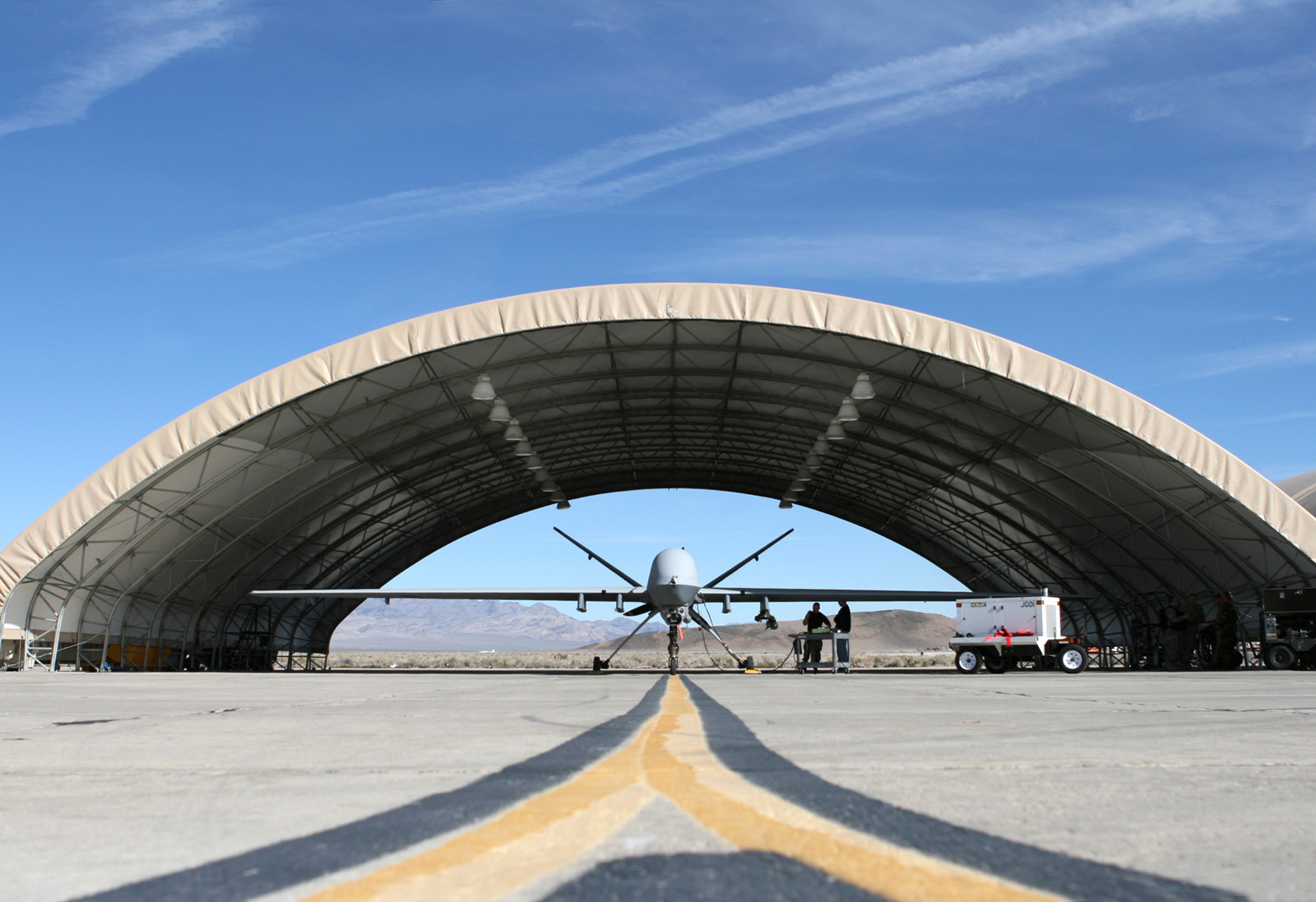
With the rise in international interest in the Arctic, Russia has been steadily increasing its military presence in the region. Since September 2013, Russia’s Northern Fleet has been carrying out numerous training missions along the country’s northern coastline. One such drill in the Barents Sea involved 30 warships, 20 aircraft and over 2,500 soldiers. Additionally, Russian Special Forces have stepped up their Arctic training, including northern survival and simulated combat.
Along with this increased training regime, the Northern Fleet has been rebuilding Cold War facilities along the Northern Sea Route. The first base to be restored is on Kotelny Island, and as of October 2013, there were 50 people working on this project. These bases, which are to be established on Franz Josef Land and other islands within the New Siberian Islands chain, along with the Russian Navy’s push to improve its ice-strengthened fleet, are to protect Russian interests in the Arctic. Specifically, the bases to be restored are located in Temp, Tiksi, Naryan-Mar, Alykel, Anadyr, Rogachevo, Nagurskove and Severmorsk airfields.
Arctic security has been a priority of the Russian Federation since its Security Council introduced the nation’s policy for the Arctic in 2008. While Putin was Prime Minister in 2008, and resumed the presidency in 2012, he has made securing the Russian Arctic a priority. At the 2013-year end Defense Ministry Board Meeting, Putin implored the Ministry to “pay special attention to the deployment of infrastructure and military units in the Arctic,” for completion by the end of 2014.
As part of Russian efforts to strengthen the Northern Fleet, the Navy has slowly been commissioning the new Borey submarines. Additionally, it has begun construction of a storage facility to store over 100 new Bulava missiles about 120 kilometres from the Norwegian border, each of which will be capable of carrying 10 nuclear warheads. These missiles are for use with the new Borey submarine, though not all of the planned 8 submarines will be in service until 2020.
Along with new submarines, the Northern Fleet has begun training its pilots on the new MIG-29k multipurpose aircraft, which indicates that the planes currently in use on the carrier, the Admiral Kuznetsov, will be upgraded accordingly.
Some analysts in Russia like Alexander Sharavin believe that Russia’s military buildup does not make much sense. He suggests that Russia follow the Canadian example, and instead of creating a large Arctic contingent, create a special group for cold climate operations and conduct regular Arctic exercises.
Russia’s Arctic training has continued well into 2014, with airborne troops conducting exercises at Temp airfield on Kotelny Island, which simulated taking control of an enemy airfield. In this exercise, the troops engaged enemy snowmobiles and paragliders, and successfully completed the exercise in under an hour.
For Canadians, Russian action is both a blessing and cause for alarm, particularly concerning the status of the Northwest Passage and Northern Sea Route. Both Canada and Russia claim their sections of these sea routes as internal waters while others, most vocally the United States, claim they are international straits. Russia, through its increased military presence, is demonstrating several things. First, they are prepared to defend their borders, even in the Arctic. Secondly, Russia is conducting operations as a means of assertion of sovereignty, much in the same manner Canada does on a yearly basis with Operation Nanook. At the same time, Russian build up can attract the ire of other Arctic nations, particularly the United States.
Canada finds itself in a tricky situation. While we have close ties with the United States, within the Arctic, they are not the biggest player. With the most Arctic coastline, Russia and its increasingly improving northern capabilities, is proving to be an Arctic powerhouse. Canada has the opportunity to work with Russia to assert the status of their respective Arctic sea routes as internal waters, in a way that does not antagonize the United States, but also promotes further cooperation within the region.
Some of Russia’s actions within the Arctic have garnered enormous negative press, like the 2007 flag planting at the North Pole. This irked the Canadian government with then Foreign Minister Peter MacKay comparing this event to 15th century imperial conquest.
Despite the negative attention Russia has received in the Arctic, its actions seem to follow the same stance taken by Canada. Prime Minister Harper said in 2007 “Canada has a choice when it comes to defending our sovereignty over the Arctic. We either use it or lose it. And make no mistake, this Government intends to use it. Because Canada’s Arctic is central to our national identity as a northern nation. It is a part of our history. And it represents the tremendous potential of our future.” Russia has been exemplifying the idea of use it or lose it, much like Canada.
With NATO cooperation suspended with Russia, Canada, despite its strong words against Russia’s actions in Ukraine, can follow its diplomatic tradition and continue cooperation in the Arctic. As Hilary Clinton said following the 2010 Arctic coastal state meeting in Chelsea, Quebec, “I hope the Arctic will always showcase our ability to work together, not create new divisions.” While Canadians may disagree with or dislike Russia, especially in recent months, there is no escaping one thing; the two nations are tied together through the Arctic.




